Victim's rights in Scotland: easy read leaflet
Publication for people with learning difficulties describes how victims of crime should be treated within the criminal justice system, and what information, help and support they should receive.
What is a victim?
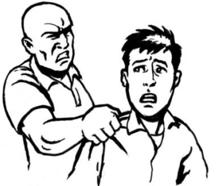
A victim is a person who has had a crime committed against them. This can mean someone attacked them, abused them or stole from them.
Committing a crime means breaking the law.
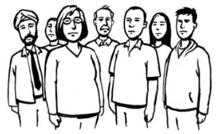
Being a victim is nothing to be ashamed of. You did nothing wrong. Anyone can be a victim.
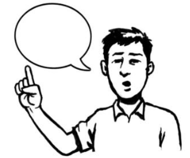
The voices of victims should be heard.
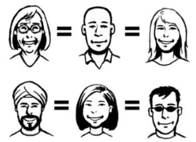
All victims have the same rights. This means that all victims should be treated the same way.
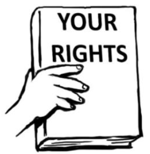
This booklet will explain:
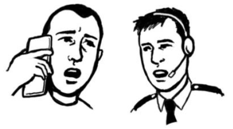
Your rights when you report a crime to the Police.
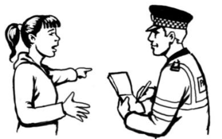
Your rights when the Police look into your case.
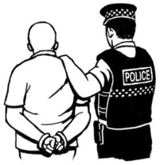
Your rights when the Police arrest a person for committing the crime.
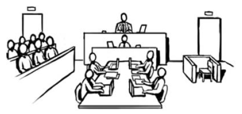
Your rights when the case goes to court.
The case is what we call it when the crime you reported is being investigated. Court is where the trial will be held.
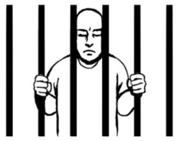
Your rights after the court gives a verdict.
The verdict is the court's decision about whether the person is guilty.
Contact
There is a problem
Thanks for your feedback